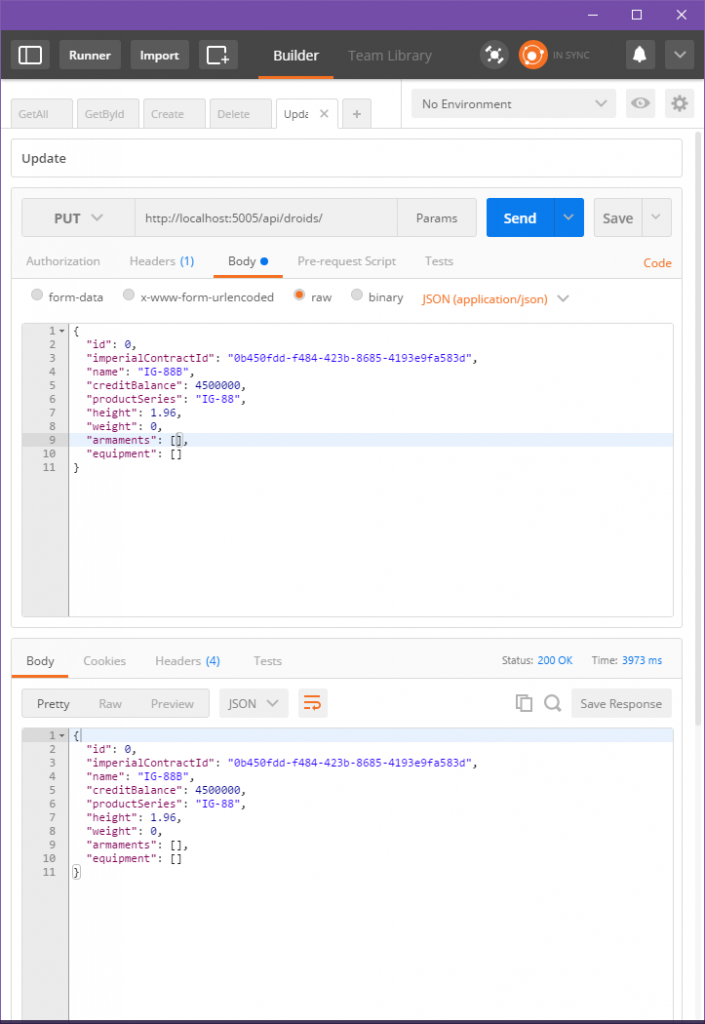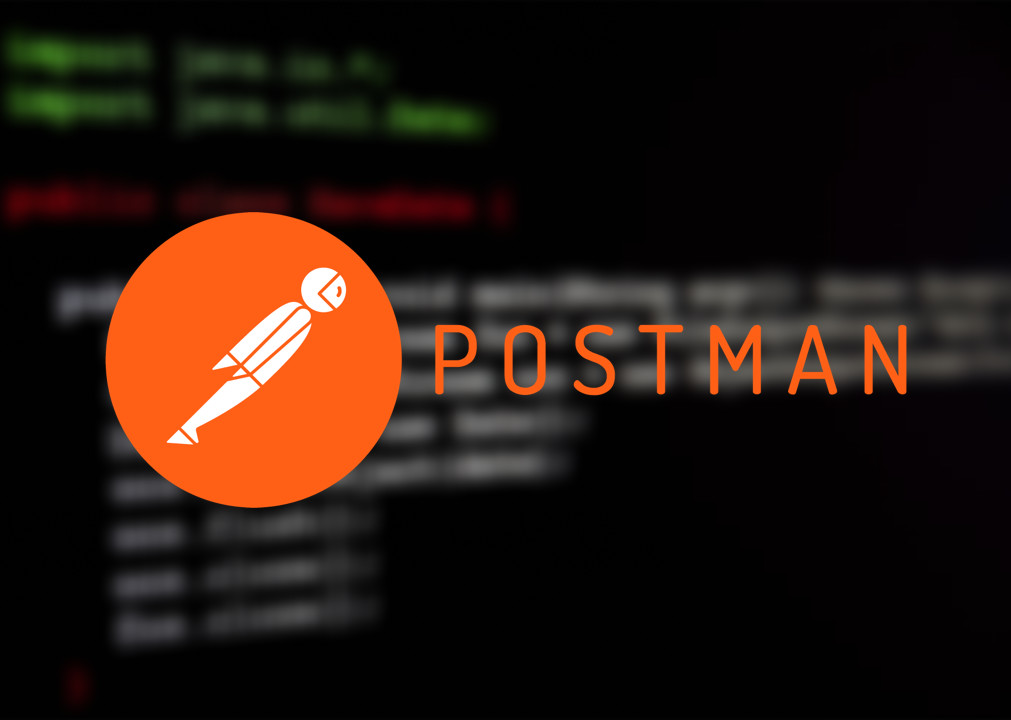

It also means we have to examine the API specification closely. If the entire web service is secure, this means load testing is more important especially if WS-Security and token handling is used. The complexity of parsing the XML/JSON payloads means that we have to put an extra focus on scalability testing, while the issue of security means we will have to focus some extra on doing testing of requests that are secure. Those who do web performance testing know that HTTPS sites have considerably lower performance that their HTTP analogues, and in web service testing, we can add a layer of WS-Security to the layer of HTTP security, decreasing the performance even more. One more factor that affect the performance frequently is security.
Load testing with postman code#
It could also be that the code is making a request to a database that is slow in responding. The reasons why this fails can be multifold it can be in the platform in the shape of for example weaknesses in the application server, and in the implementation in the shape of unnecessarily complex WSDL’s. If we look into unique characteristics of web service performance, two aspects stand out: a large amount of XML/JSON processing on the server side (both XML/JSON parsing and serialization), and processing of payloads (request and response bodies). What factors affect the web service performance? Goal: Find metrics and check if the system performance changes appropriately to the load.ĭownload ReadyAPI and Start Performance Testing The unproportional increase indicates scalability issues. For example, a larger number of incoming requests should cause proportial increase in the response time. The purpose of scalability testing is to check whether your system scales appropriately to the changing load. Goal: Make sure no unwanted behavior emerges over a long period of time. The most common scenario for soak testing is turning on a number of tests when you leave your office on a Friday and let it run over the weekend. That is what soak testing is for run load tests or even baseline tests over a long period of time and see how the target environment handles system resources and if it works properly. The most common defect found by soak testing is memory leaks. To find system instabilities that occur over time, you need to run tests for a long period. The goal of stress test is exactly that, to find the load volume where the system actually breaks or is close to breaking. Goal: Find metrics for system performance under high load.

The goal of load testing is not to break the target environment though. During load testing, you can monitor response times, throughput, server conditions, and more.

Load testing includes increasing the load and see how the system behaves under higher load. Goal: Find metrics for system performance under normal load. Baseline testing examines how a system performs under expected or normal load and creates a baseline with which other types of tests can be compared.

Technically speaking, this can be defined as pure performance testing. There are various definitions of performance testing: What kinds of performance testing are there? It doesn’t even have to be structured, automated or created in a tool like SoapUI simply refreshing your web browser over and over again very fast is a load test. This means it does not necessary have to be how a system performs under high load, it can also be how it performs under base load or expected load. “Performance testing is artificially creating or simulating load and measuring how your environment handles it.” If we should explain our definition of performance testing in one sentence it would be: You can use SoapUI for several different kinds of performance related tests. Note: What is called a load test in SoapUI is actually a performance test. We will try to give a short overview to performance testing here and what it means for web service testing. Not so much in the tasks involved, but rather in the terminology. Performance testing is one of the most common tasks in web service testing and probably one of the areas where the confusion is most common.


 0 kommentar(er)
0 kommentar(er)
